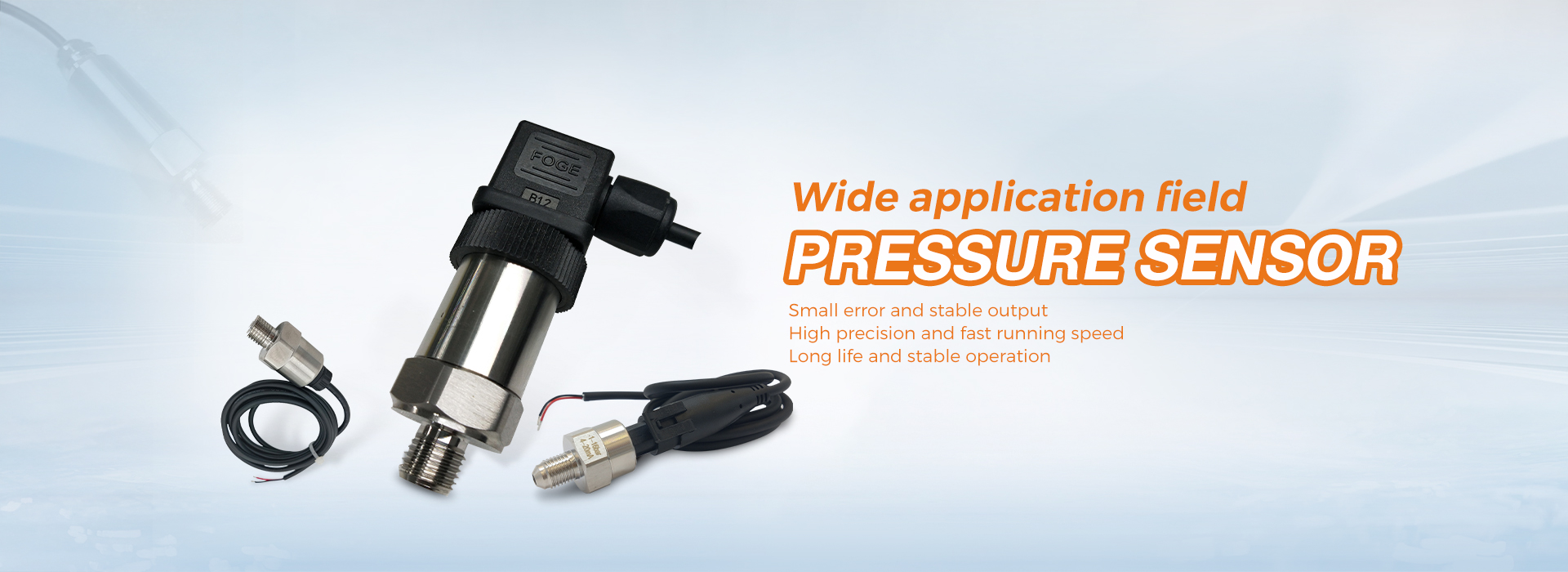During the use of pressure transmitters, attention should be paid to the following situations:
- Do not use a voltage higher than 36V on the transmitter as it may cause damage.
- Do not use hard objects to touch the diaphragm of the transmitter, as it may damage the diaphragm.
- The tested medium should not freeze, otherwise the isolation membrane of the sensor components is prone to damage, leading to damage to the transmitter.
- When measuring steam or other high-temperature media, the temperature should not exceed the limit temperature of the transmitter during use, otherwise a heat dissipation device must be used.
- When measuring steam or other high-temperature media, in order to connect the transmitter and pipeline together, heat dissipation pipes should be used, and the pressure on the pipeline should be transmitted to the transformer. When the measured medium is water vapor, an appropriate amount of water should be injected into the heat dissipation pipe to prevent overheating steam from directly contacting the transmitter and causing damage to the sensor.
- During pressure transmission, several points should be noted: the connection between the transmitter and the heat dissipation pipe should not leak air; Be careful when opening the valve to avoid direct impact of the measured medium and damage to the sensor diaphragm; The pipeline must be kept unobstructed to prevent sediment from popping out and damaging the sensor diaphragm.
Pressure transmitter manufacturers generally offer a one-year warranty, with some offering a two-year warranty. However, there is no manufacturer that frequently maintains pressure transmitters for you, so we still need to understand:
1. Prevent sediment from depositing inside the conduit and the transmitter from coming into contact with corrosive or overheated media.
2. When measuring gas pressure, the pressure tap should be located at the top of the process pipeline, and the transmitter should also be installed at the top of the process pipeline to facilitate the accumulation of liquid into the process pipeline.
3. When measuring liquid pressure, the pressure tap should be located on the side of the process pipeline to avoid sediment accumulation.
4. Pressure pipes should be installed in areas with low temperature fluctuations.
5. When measuring liquid pressure, the installation position of the transmitter should avoid liquid impact (water hammer phenomenon) to prevent damage to the transmitter due to overpressure.
6. When freezing occurs in winter, transmitters installed outdoors must take anti freezing measures to prevent the liquid in the pressure inlet from expanding due to freezing volume, resulting in transmitter loss.
7. When wiring, thread the cable through the waterproof joint or flexible tube and tighten the sealing nut to prevent rainwater from leaking into the transmitter housing through the cable.
8. When measuring steam or other high-temperature media, it is necessary to connect a buffer tube (coil) or other condenser, and the working temperature of the transmitter should not exceed the limit.
Post time: Apr-09-2024



